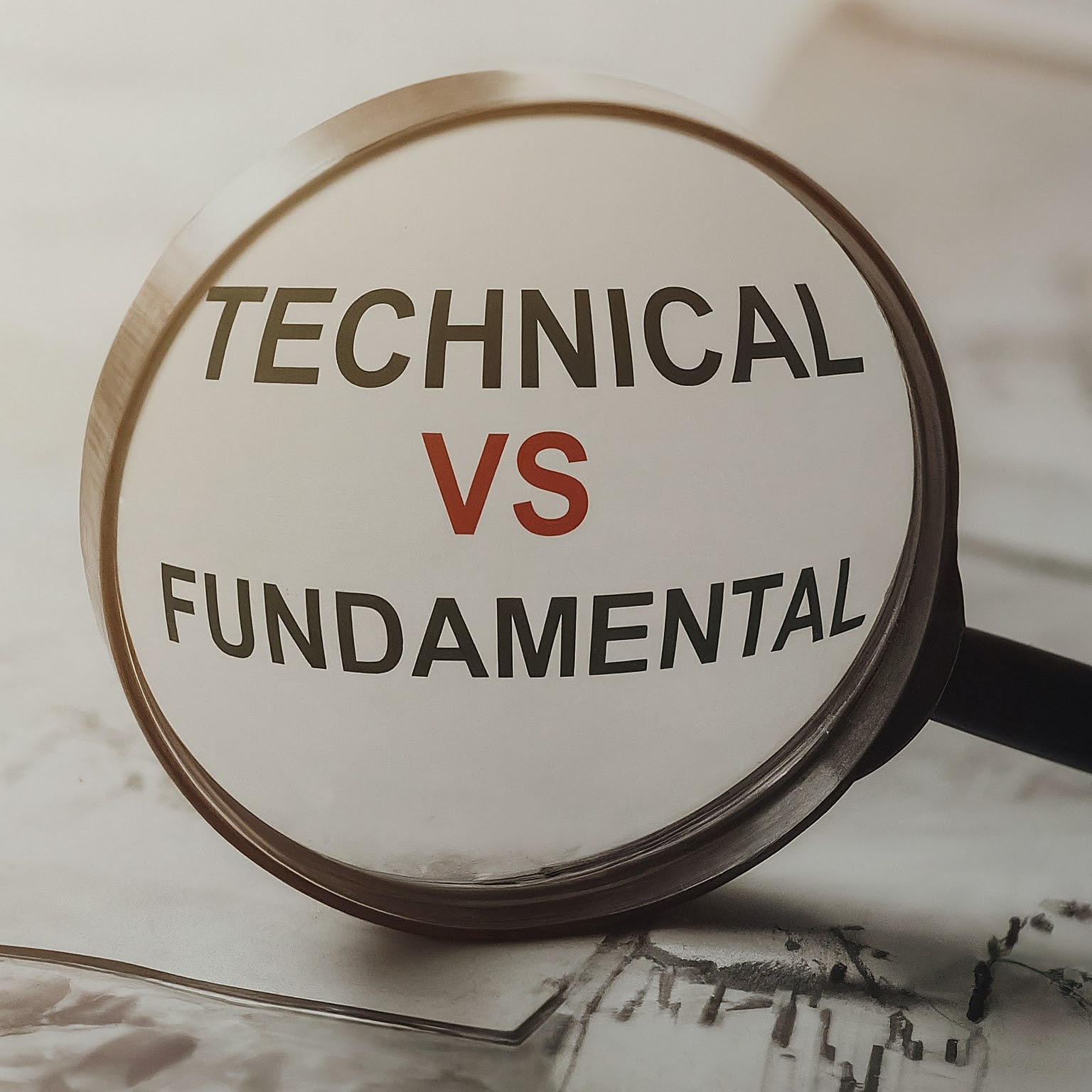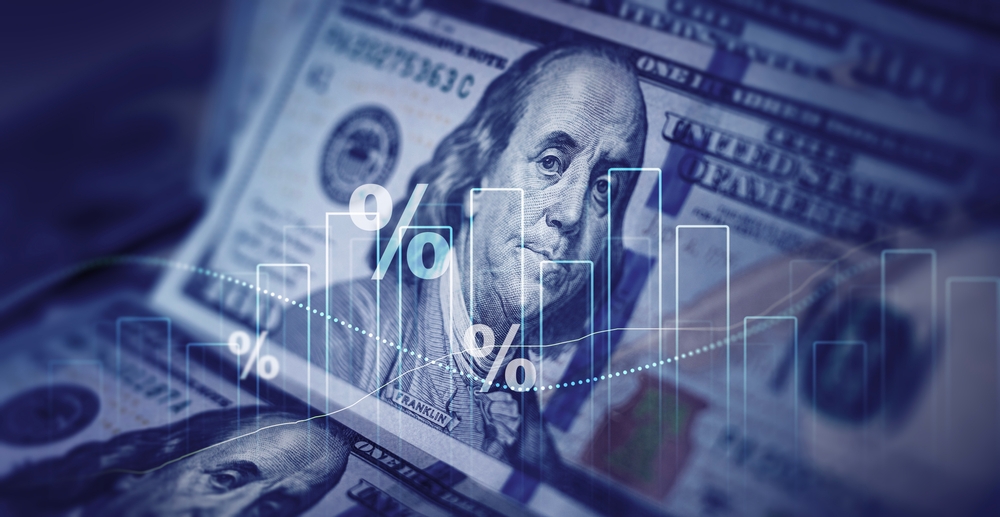
Investing in the stock market often requires more than just luck; it’s about choosing the right strategy and tools to help you understand market movements. Two main methods investors use focus on different aspects and offer distinct approaches to decision-making. Discover how these analyses work and why combining them can be the key to success.
Why Even Consider the Type of Analysis?
Investing is not just about the simple principle of “buy low, sell high,” but primarily about understanding the factors that influence assets. The two most used methods of analysis, fundamental and technical, offer different approaches. On one hand, fundamental analysis focuses on the real value of a company, its financial health, market position, and growth potential. On the other, technical analysis studies price movements and chart patterns that may indicate future price developments. Properly understanding these differences and effectively using them can significantly improve your investment results.
Fundamental Analysis – Searching for True Value
Fundamental analysis is like an “X-ray” of a company. The investor tries to look beyond the stock price and understand whether the company is healthy, profitable, and ready to grow. It examines financial statements (balance sheet, income statement, and cash flow) and analyzes indicators such as the P/E ratio, margins, or debt levels. At the same time, it monitors the company’s competitive advantages, its position within the industry, and the impact of broader economic trends. This method is ideal for those seeking long-term investments and wanting to capture a company’s potential before it reflects in the stock price. It’s a path for patient investors who are not afraid to wait longer and who want to invest in real value rather than short-term speculation.
Technical Analysis – Reading Charts and Market Patterns
Technical analysis, on the other hand, is based on the idea that all available information is already reflected in the price, and therefore future developments can be predicted from the history of price movements. A technical analyst watches charts, looks for patterns, trends, or formations, and uses various indicators like RSI, MACD, or trading volumes. This approach is extremely useful for those who want to take advantage of the right moment to buy or sell, often over shorter time frames. It helps to understand market psychology and investor emotions reflected in price fluctuations. However, the downside is that technical analysis ignores the company’s fundamental outlook and can be less reliable during unexpected events.
How Do the Approaches Complement Each Other?
Although fundamental and technical analyses focus on different market aspects, their combination represents a powerful tool for the investor. Fundamental analysis helps select quality and promising companies with long-term growth potential. Technical analysis, meanwhile, allows timing entries and exits to minimize risk and maximize returns. Long-term investors can use technical evaluation to better time their investments, while traders can use fundamental data to pick quality assets, making their decisions more thoughtful.
A Thoughtful Approach to Investing
Investing is not about blindly following trends or random tips but about creating your own strategy based on a thorough understanding of the market and your personal goals. As mentioned earlier, fundamental analysis forms a solid foundation for long-term investors focusing on a company’s value and potential. Technical analysis is an excellent helper for managing market volatility and timing investment decisions. Combining these two approaches will give you greater control, clearer insight, and better chances for success in the stock market.

He has been trading in the capital markets since 2002, when he started as a commodity Futures trader. Gradually he shifted his focus to equity markets, where he worked for many years with securities traders in Slovakia and the Czech Republic. He also has trading experience in markets focused on leveraged products such as Forex and CFDs, and his current new challenge is cryptocurrency trading.


